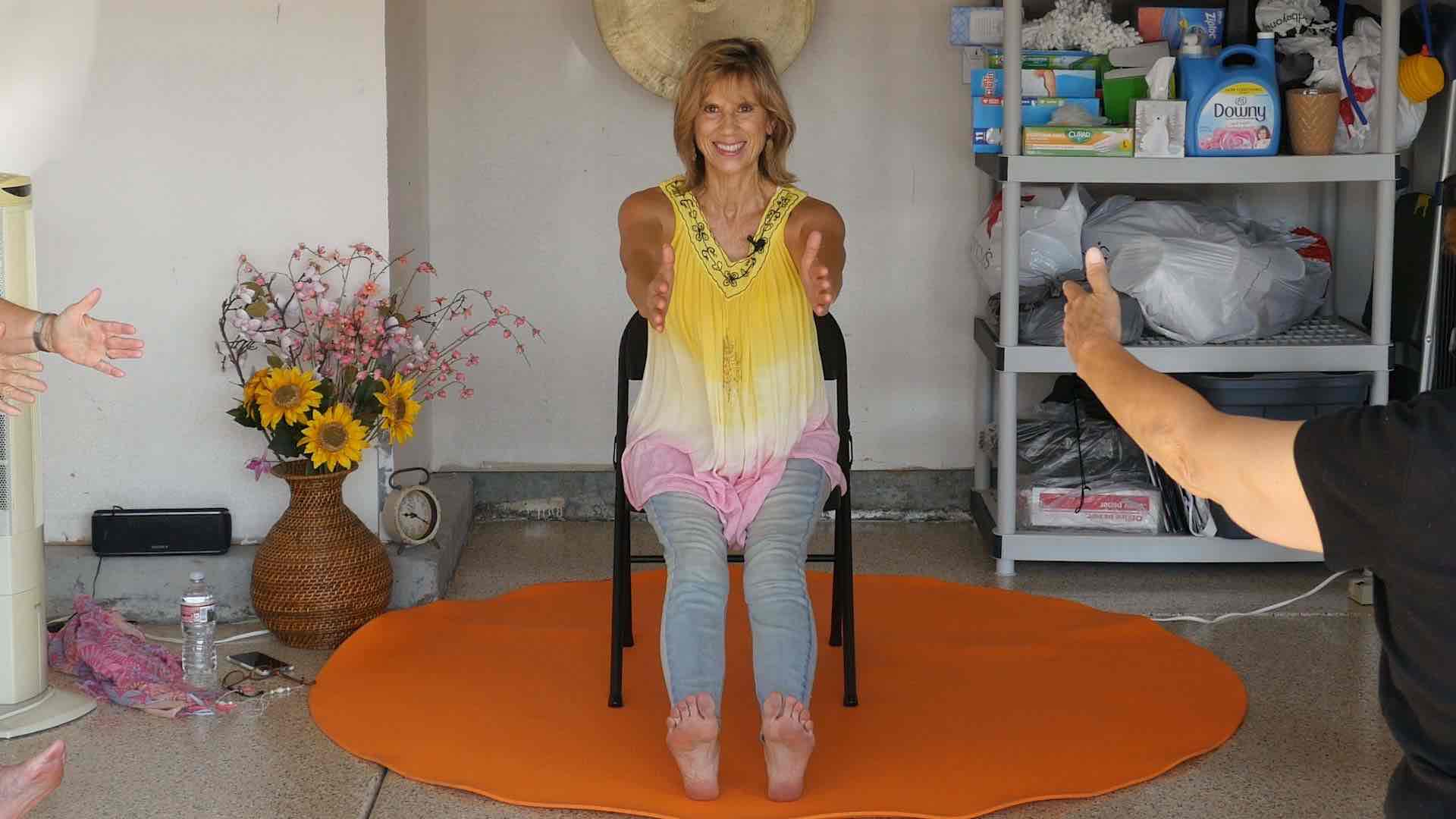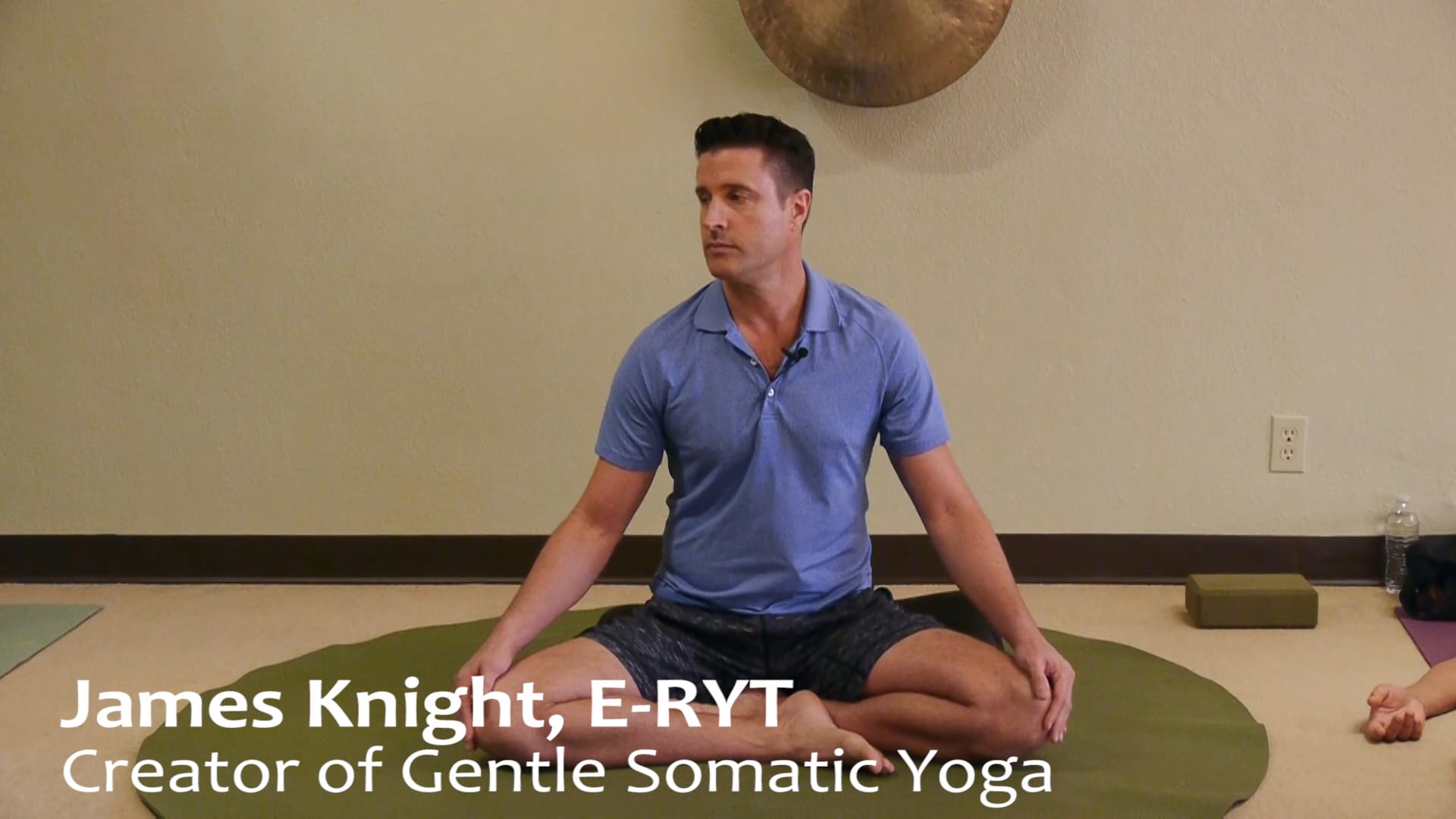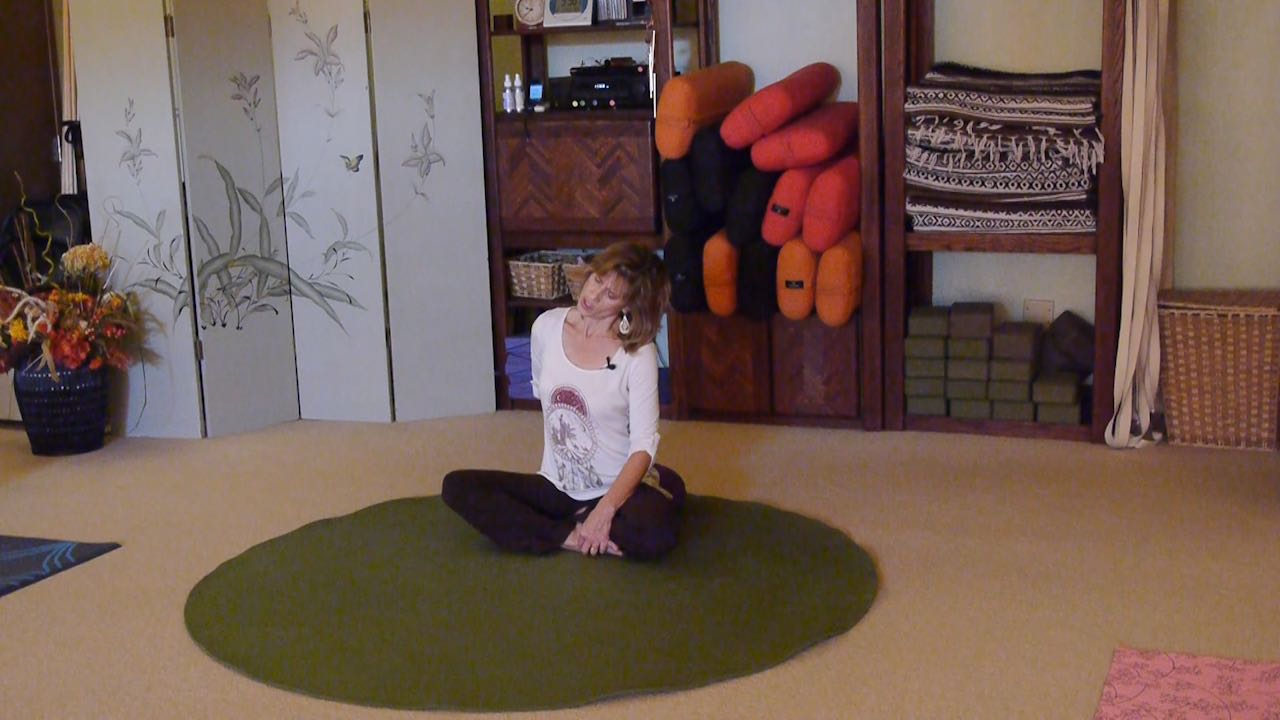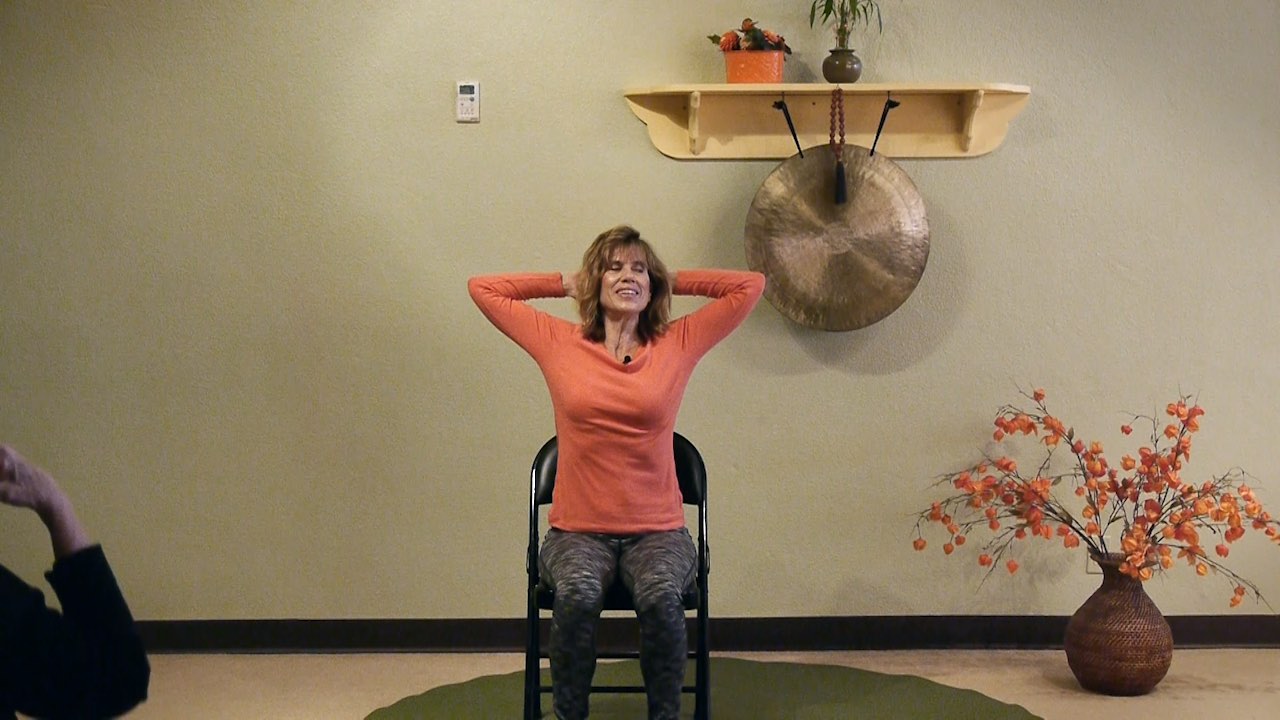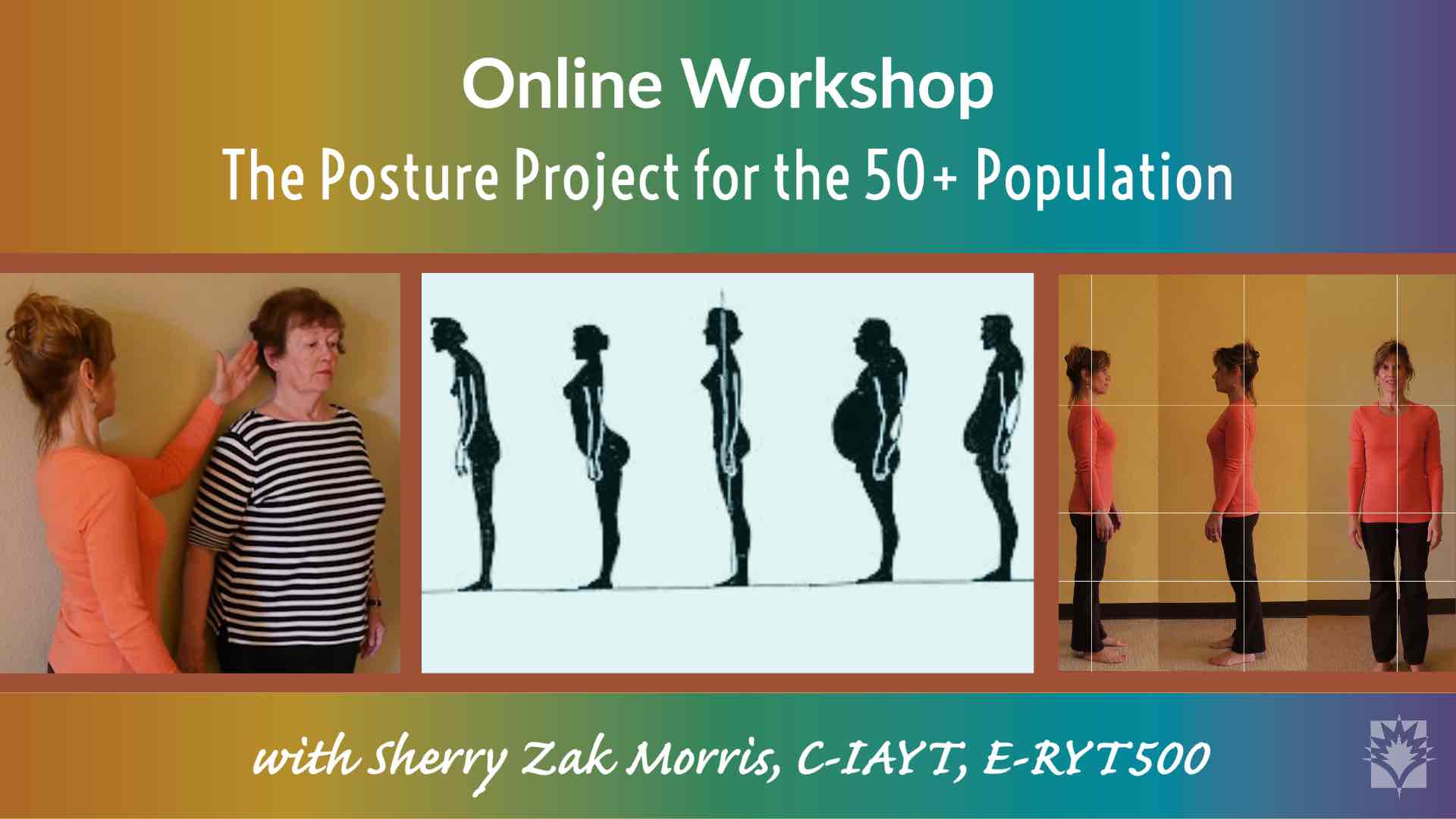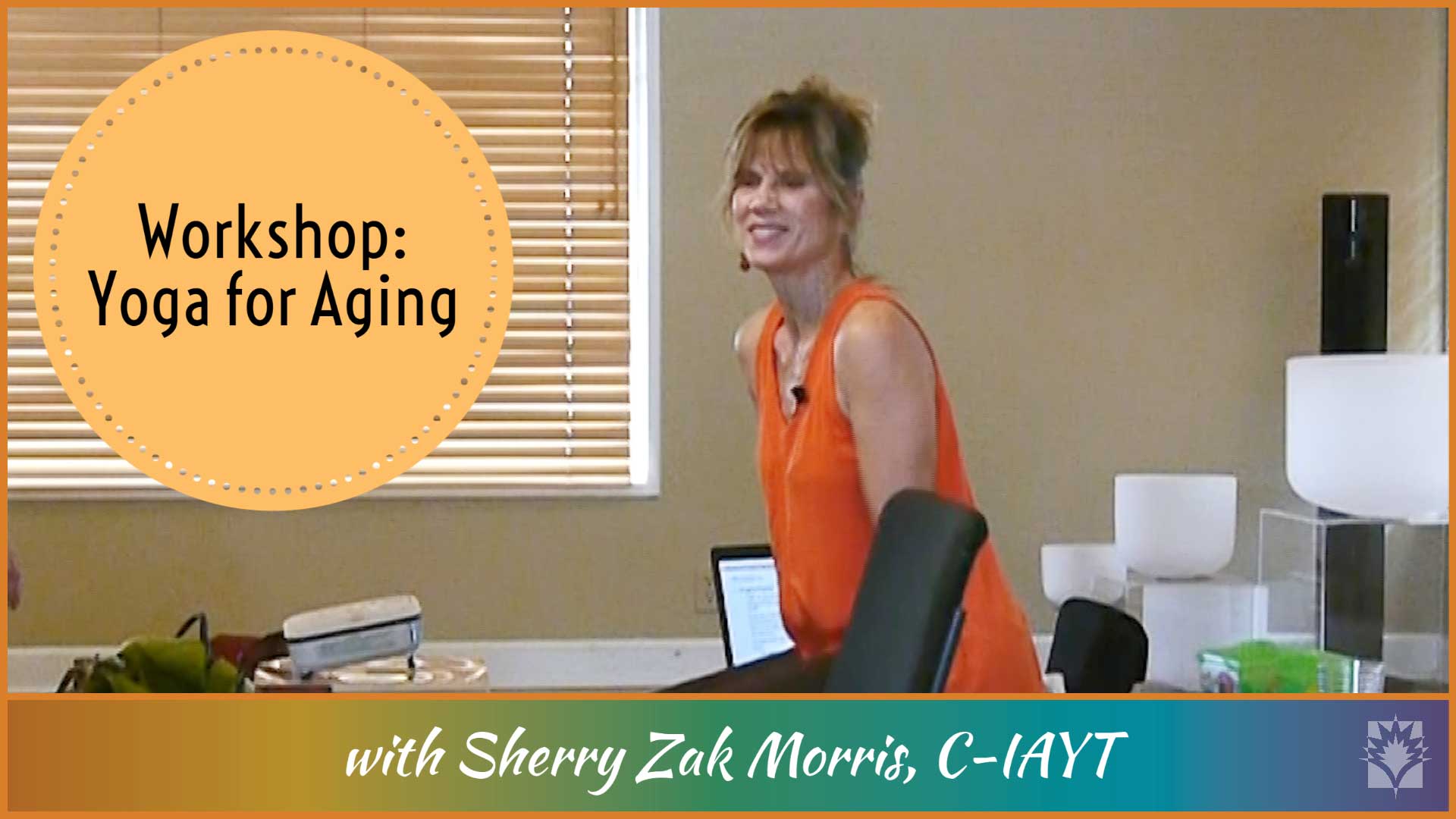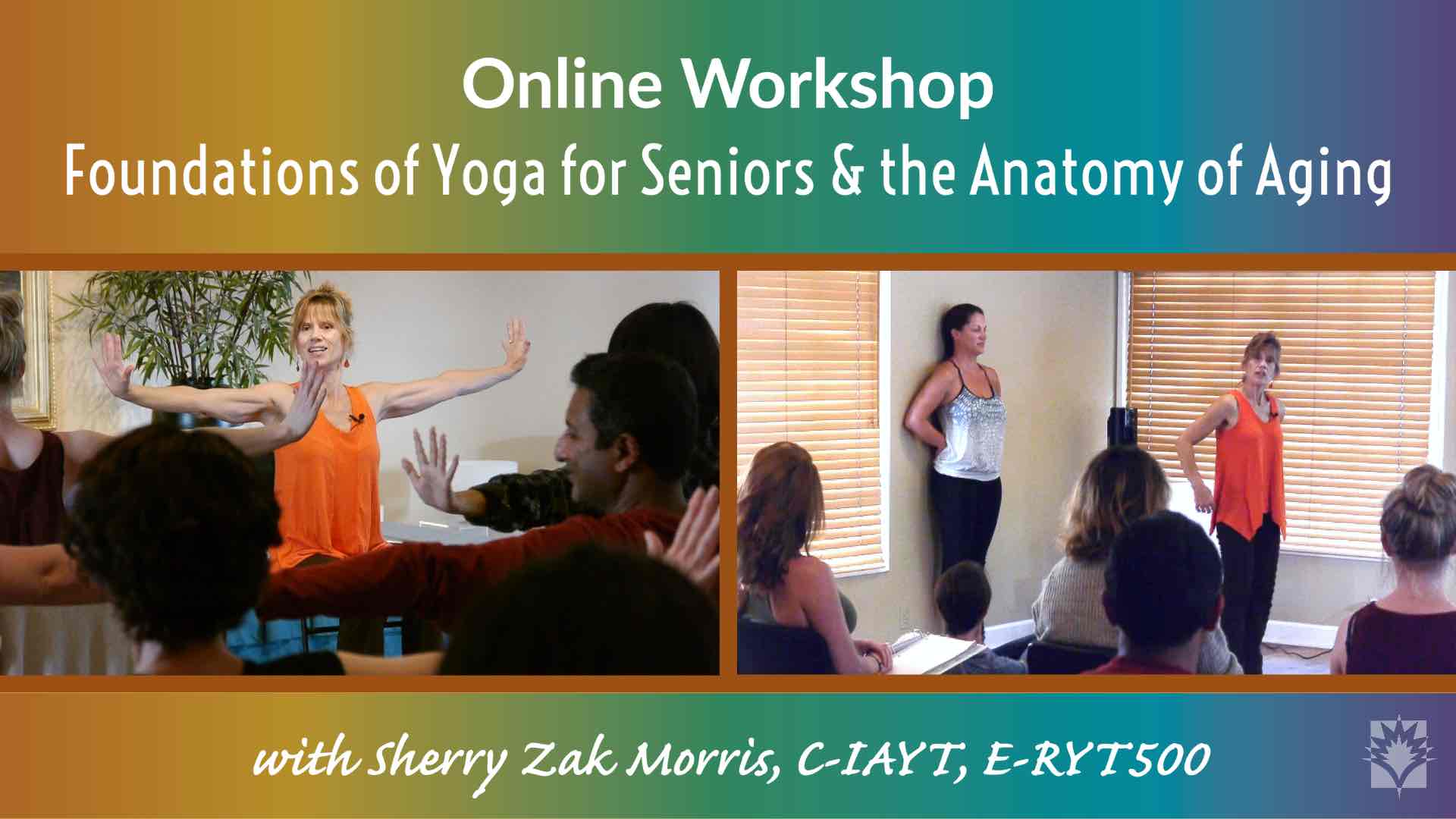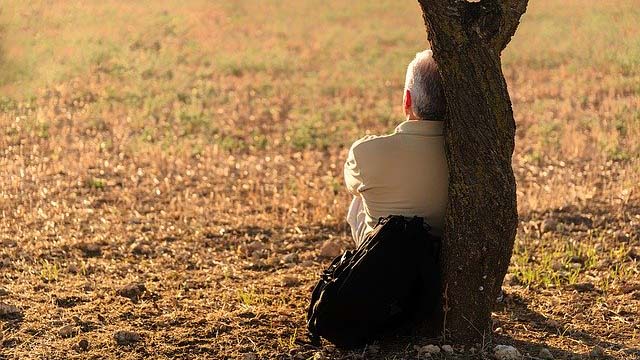
When my Yoga students come to me with postural issues, I frequently remind them that our muscles hold our bones in place. Therefore, when bones show signs of misalignment, we must first look to the nearest muscle groups to understand why this is so. Afterward, we can begin to improve our postural health.
Muscles can be “locked short” or “locked long”
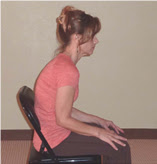 We refer to contracted muscles as being “locked short.” As opposed to over-stretched muscles which are called “locked long.” A typical scenario plays out when muscles that are locked short play tug-of-war with muscles that are locked long. When contracted muscles win, they pull bones along with them and this causes misalignment!
We refer to contracted muscles as being “locked short.” As opposed to over-stretched muscles which are called “locked long.” A typical scenario plays out when muscles that are locked short play tug-of-war with muscles that are locked long. When contracted muscles win, they pull bones along with them and this causes misalignment!
Visually, you may notice this phenomenon in the case of hunched shoulders (Kyphosis). That means the chest and front shoulder muscles, both locked short, pull the body forward. In addition, it takes the body out of the vertical alignment that maintains even muscle tone. Furthermore, the upper back muscles, which are locked long, become too weak to counteract the pull of gravity as the body rounds forward. As a result, the bones of the neck, shoulders and upper back become misaligned.
Muscular imbalances worsen Scoliosis
We can apply this concept to Scoliosis, which curves the spine into an S or C shape. The same battle between contracted and over-stretched muscles plays out and the bones can get further out of alignment. It is imperative to address this condition in order to prevent it from worsening.
Misalignment reduces our physical functionality and often creates pain in our joints, spine and surrounding muscles. If unchecked, the pain will intensify over the years. Fortunately, the poses and counterposes in Yoga do a fine job of restoring balance. In other words, the areas experiencing chronic tension and those that are weakened will find a balance.
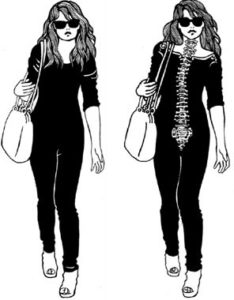
Yoga balances the imbalances of the body
Yoga introduces what we call “helpful opposites” to counteract the misalignment in our body. There are poses that help release tight, contracted muscles as well as poses that strengthen weak ones. Because both are equally important, Yoga classes feature counter-poses to each position. This ensures that every key muscle group gets an opportunity to balance its tone and flexibility.
Take a moment to go within and scan your body from the inside, from head to toe. Notice any gripping or tightness in your jaw, neck, shoulders, back or hips. If you detect such tension, tune into what you do regularly. For instance, sitting in front of a computer for long periods encourages a kypohtic posture. Similarly, carrying a heavy purse shortens one side of the body while lengthening the other. Are certain muscles in the tense area locked long, while others are locked short? What “helpful opposite” could you integrate into your normal activities to bring about balance?
Surely, transforming the body takes time, patience and inner focus. However, spending such quality time with the body increases circulation, thereby expediting the changes we seek. In other words, it’s totally worth it!
To help you on your path, we have created an Essential Program for Posture & Flexibility just for you! We definitely hope you’ll check it out!
Cheering you on,
Sherry
To watch a video related to this Topic, click on an image below:
Note: The videos listed are included in all YogaVista.TV subscription plans.
Online Workshops related to this Topic:
Online Workshop: The Posture Project for the 50+ Population
Poor posture and pain go together. Rounded shoulders and a limping gait are examples of posture gone awry. As a result, these misalignments can lead to pain and joint damage as we age. However, posture can be improved no matter what age you are! This Workshop provides specific movement recommendations that can be done in Yoga classes and/or at home to improve your posture. In addition, Sherry Zak Morris shares the stunning results of her Senior Posture Project.
Note: This Workshop is included in all YogaVista.TV subscription plans. It is an excerpt from the full 4-Hour workshop below: Foundations of Yoga for Seniors and the Anatomy of Aging.
Workshop: Yoga for Aging - The Anatomy of Movement
We are all aging… that is undeniable. However, what happens to our bodies as we age varies from person to person. Although there are universal aspects of aging, we can actually modify and/or control many of them in order to lead healthier lives. In this Workshop, Sherry Zak Morris, C-IAYT and E-RYT, discusses what happens to our structures as we age. In addition, she explains how these structural changes can be manifested in people over the age of 50 via their posture and gait (walking pattern). Lastly, she provides information on what we can do in a Yoga practice to counteract these changes and/or diminish their progression.
Online Workshop: Foundations of Yoga for Seniors and the Anatomy of Aging
The vast majority of Americans are growing into their senior and golden years. In other words, they are beginning to experience the physical effects of aging. In this Workshop, Sherry Zak Morris, C-IAYT and E-RYT, will teach you about the aging body and how Yoga can help! Furthermore, Sherry will describe the issues facing this student community. Lastly, she will give you the tools and confidence necessary to teach to this demographic.
CREDITS: Author, Sherry Zak Morris, Certified Yoga Therapist
Co-Author, Susana Jones, Certified Yoga Therapist
Editor, Maria Perez, Certified Yoga & Group Fitness Instructor

